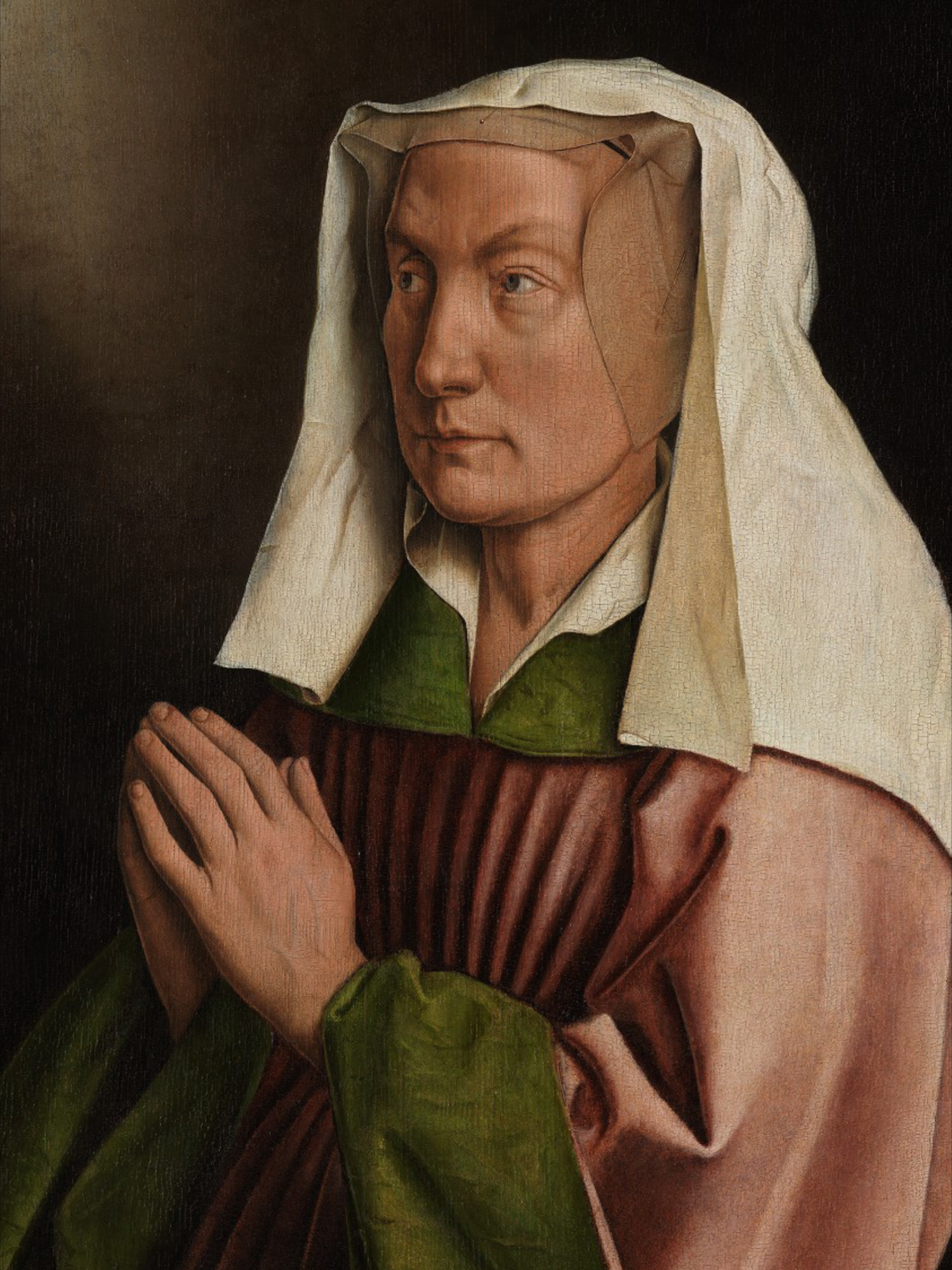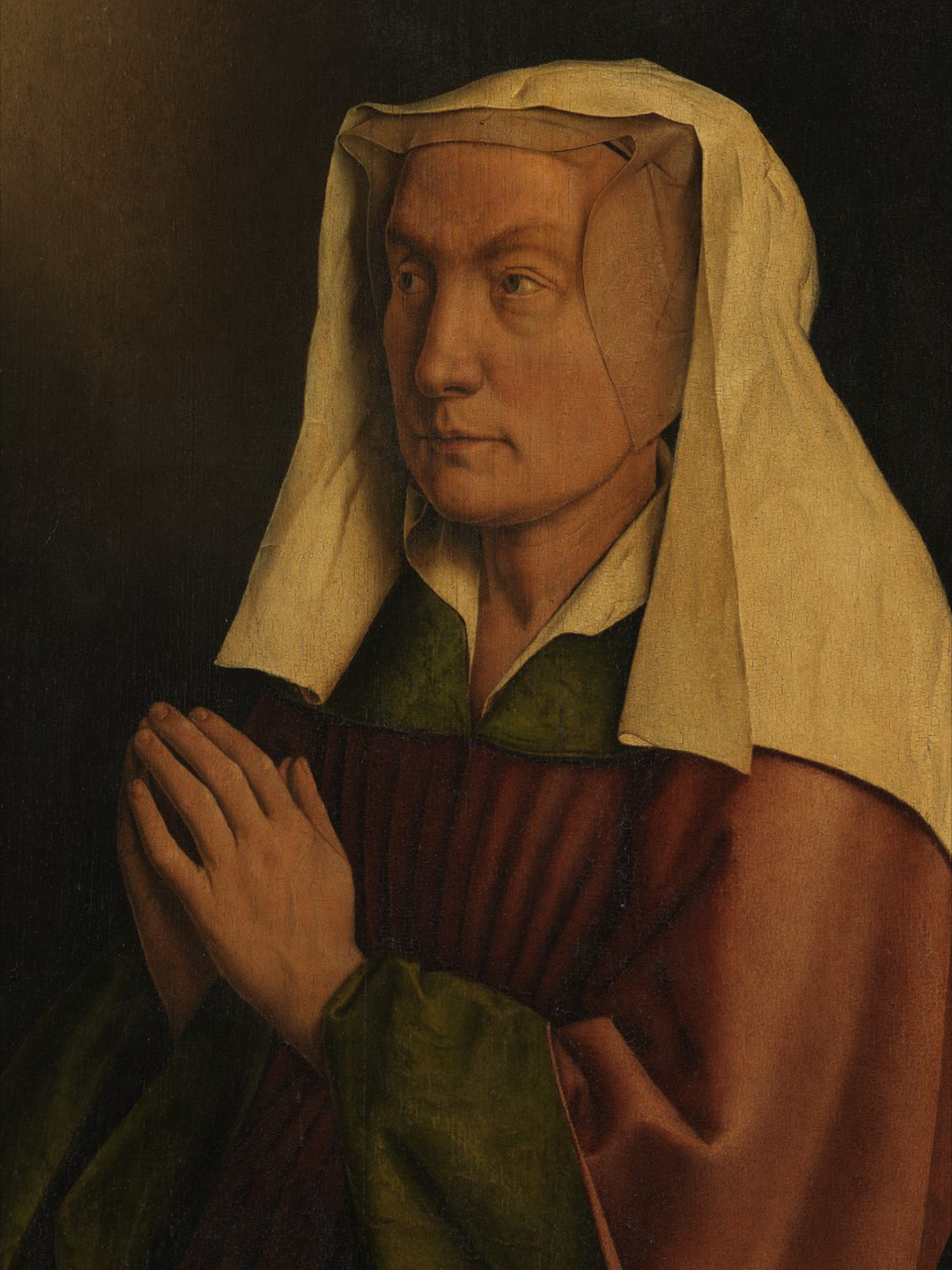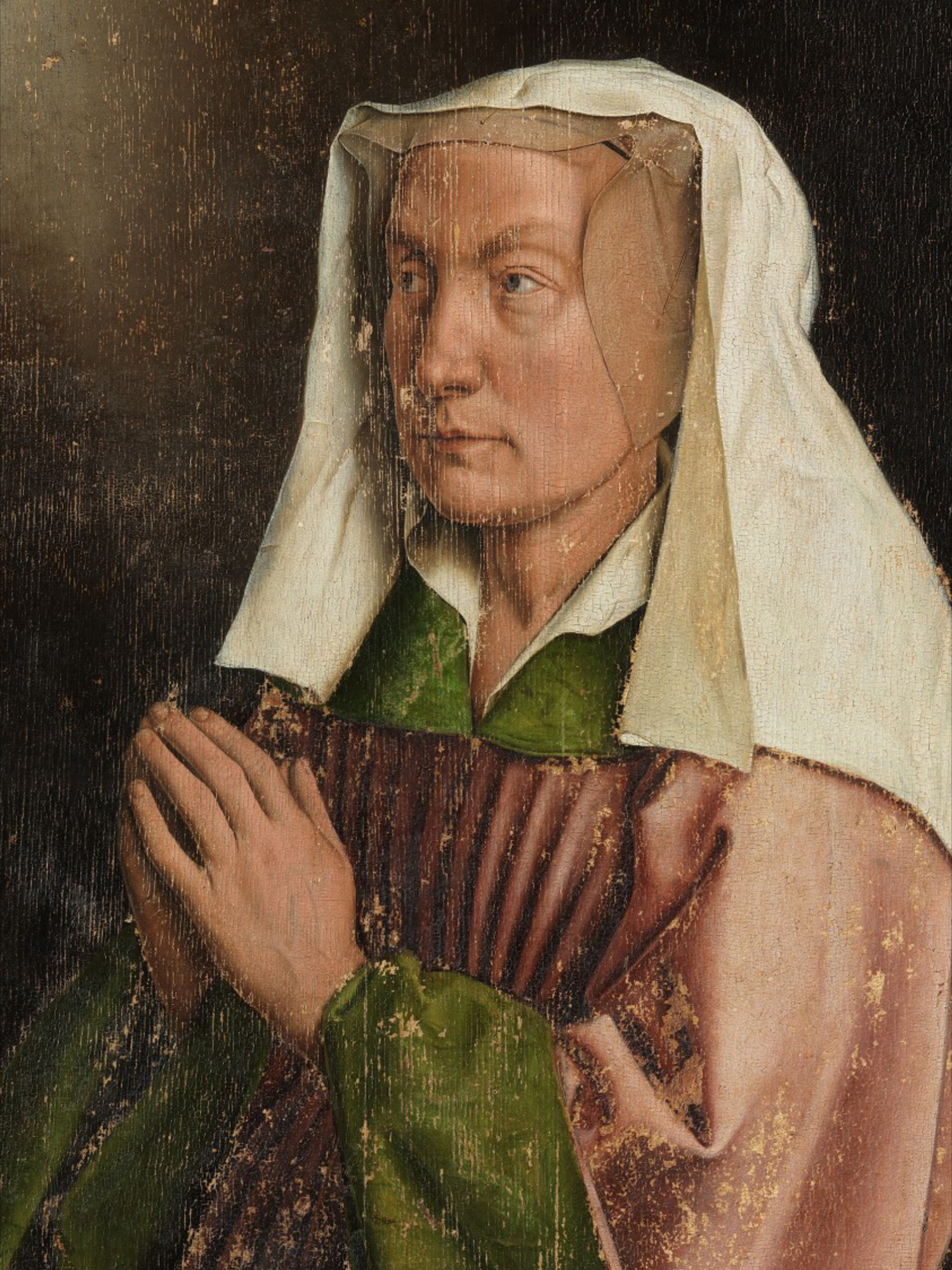The Royal Institute for Cultural Heritage (KIK-IRPA) is the federal scientific institution charged with the documentation, study and conservation/restoration of Belgium’s cultural and artistic heritage, and enjoys a reputation as world-renowned centre of resources and expertise. Like many of the relics that pass through its numerous workshops however, the brand image was in desperate need of a good dust-off in order to represent the institutions ambitions for the coming decades. Mirror Mirror was consulted for an in-depth brand strategy trajectory and full rebranding.
The original brand mark was created in 1989 by the graphic designer Corneille Hannoset. After extensive consultation of a workgroup consisting of the institutions’ most vocal internal stakeholders, we concluded this piece of heritage could not be ignored, especially not in the context of the institution’s legacy and core activities of preservation and restoration. We opted therefore to ‘conserve’ the original logo, but ‘reframe’ it with complimentary typography and a more contemporary colour scheme. This evolutionary design approach was respectful to the institution’s heritage, and makes the concept of conservation an intrinsic part of the identity, both literally and figuratively.
We wrote a baseline that communicates the essence of what KIK-IRPA does and stands for. With a clever play of words, ‘The Heritage of Art’ (what they do) is flipped to ‘The Art of Heritage’ (how they do it). This shift in emphasis effectively singles out the professional passion of the institution’s experts making a difference. It reaffirms KIK-IRPA’s position as industry leader and elevates restoration, preservation, documentation to artforms in their own right. Furthermore, it repositions the brand from representing a static institution (being) to embodying a dynamic platform (doing). It is a bold and self-assured claim that inspires but also remains open and inviting to playful interpretation.
Typography makes up for a very important aspect of any identity. Utilizing the display typeface Domaine Sans Fine Thin, we made sure the contrast between thin and bold strokes embodied craftsmanship and finesse on both a smaller and a larger scale. Deliberate crops near the edges of the canvas or paper accentuate the historic grandeur or importance and scope of projects.
Colours help to create a distinctive, memorable brand universe. We steered away from the loud red KIK IRPA had been communicating with for years, and introduced a subtler and more appropriate palette of light grey and gold.
All the separate elements of the visual identity come together in a graphical system inspired by the concept of ‘layers’, both horizontal and vertical, physical and conceptual (paint layers, file cabinets, historical timeline, layout grid...) At the desktop publisher/designer’s disposal is an open and inviting canvas, laced with a base grid providing (invisible) anchors for visual elements and typography. Layering and partly overlapping the visuals elements on the grid puts an explicit focus on the dynamic contrast between 'great' works and 'fine' details. Furthermore, attaching images to (or imposing them on) the finer elements of the imposing typeface evokes the visual language of a timeline, research folder or historic diagram.
The imagery we used paints a clearer picture of what KIK IRPA is and what they do. It reflects the three pillars of the organisation: documentation, conservation & restoration and laboratories. Applied within our layered system, this visual approach offers ample opportunities to combine images and document history for ages to come.
All images © KIK-IRPA
Strategy Rebranding Motion Design Copywriting



The contrast in the typography between thin and bold strokes embodies craftsmanship and finesse on both a smaller and a larger scale. Deliberate crops near the edges of the canvas or paper accentuate the historic grandeur or importance and scope of projects.


All the separate elements of the visual identity come together in a graphical system inspired by the concept of ‘layers’, both horizontal and vertical, physical and conceptual (paint layers, file cabinets, historical timeline, layout grid...).












We wrote a baseline that communicates the essence of what KIK-IRPA does and stands for. With a clever play of words, ‘The Heritage of Art’ (what they do) is flipped to ‘The Art of Heritage’ (how they do it).




